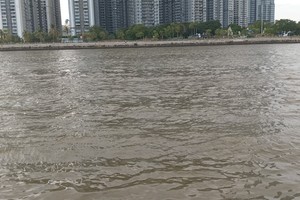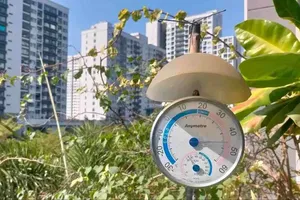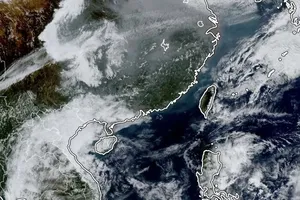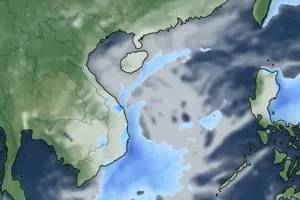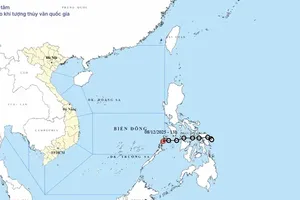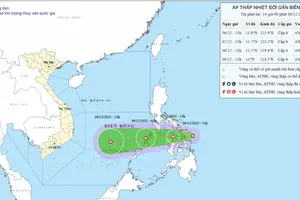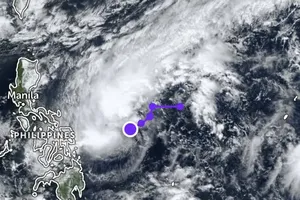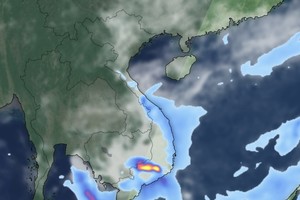On the afternoon of April 30, the National Center for Hydro-Meteorological Forecasting reported that tide levels in the Southeastern coastal areas are currently high.
According to data from the Vung Tau tide gauge station, by 3:30 a.m. on the same day, water levels reached 4.12 meters, one of the highest levels recorded this month.
In the next 24–48 hours, the Southern region is forecast to experience high tide levels, with peaks occurring twice daily from midnight to 5 a.m. and from 1 p.m. to 7 p.m.
Coastal areas from Vung Tau to Ca Mau, especially low-lying areas and those outside protective dikes, are expected to pose a high risk of localized waterlogging, which could disrupt daily life, travel and agricultural activities.
Beyond the high tides, saltwater intrusion in the Mekong Delta is becoming more extreme.
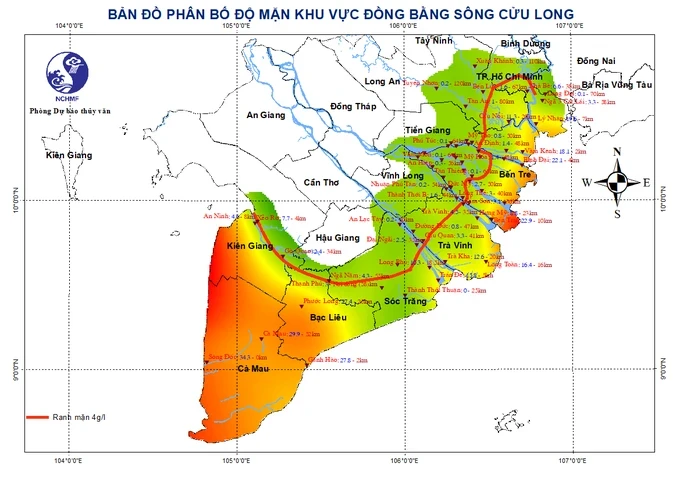
According to the National Center for Hydro-Meteorological Forecasting, salinity of 4‰ has penetrated about 30 kilometers to 50 kilometers inland along both the Tien and Hau rivers during the first 20 days of April.
In the last 10 days of April, saltwater intrusion has shown a slight decline; however, the salinity boundary still extends 25 kilometers to 50 kilometers inland.
The Department of Water Resources under the Ministry of Agriculture and Environment has alerted that drought and salinity levels in the Mekong Delta may reach level 2 in the upcoming days, posing serious threats to freshwater supplies for agricultural production and daily activities.
Amid the forecasts, the hydro-meteorological agency has urged residents and local authorities in the Mekong Delta to proactively store freshwater during periods of low tide; review and reinforce sluices, dikes and irrigation infrastructure to minimize damage in the event of simultaneous high tides and saltwater intrusion.
